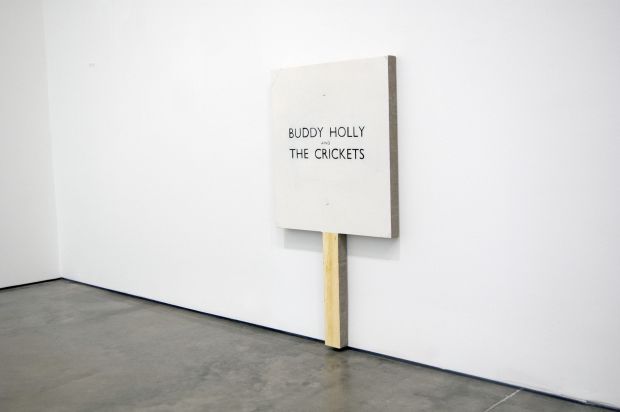

See Be, Michael Krueger’s first solo exhibition at Haw Contemporary and his first ever exhibition of paintings opens January 30, 2015.
The subject of the exhibition is rooted in landscape, and notions of wilderness and observation. The title, in part, refers to the act of seeing as becoming; meditative observation as a means to learn, understand and become. There is also a nod in there to the notion of live and let live, to allow nature and wildness to be, as the grateful observer.
Known largely for his drawings and prints, Krueger has shifted his attention to the medium of painting, using primarily acrylic, gesso and colored pencil. His paintings are intrepidly flat with nuanced pristine matte surfaces, brushless paintings created mostly with rollers, pencils and airbrush.
Color plays a large part in the work, as he deploys a disorienting use of color, unnatural and unexpected, playing day-glow and muted colors off one another, sometimes psychedelic and at other times rendering the images virtually invisible.
The paintings for See Be represent a confluence of images and ideas that weave together seemingly disparate visual and historic identities including 19th century American landscape painting, house plants, 1970’s back-to-nature movements, the prairie, bees, space-scapes and Americana. Krueger has sought to erase the presence of any literal translation of his sources and create work that is unabashed and unrestrictive of intuitive making.
“The illusion remains that the wilderness is safely contained in a bell jar somewhere beyond reality. I feel an immediate need to decode the picturesque, to see true beauty again, to unfurl the wilderness and unravel discordant understandings of the natural world. I hope to arrive at these ideas by creating simple images and complex associations. And in doing so create images that broadcast new memories, future memories, however like in a dream there isn’t any resolve in making sense of it all”, Krueger says of his new paintings.
Krueger points to the future from positions in the past, forward toward the unknown with optimism and utopian longings. As with much of his previous work there is an interest in recasting the narratives and images of the past, but perhaps with a little more attentiveness to visuality over objectiveness. The work is ultimately positive and bright and offers a hopeful vision of the future and a means to a pleasurable remembrance of a paradise lost.